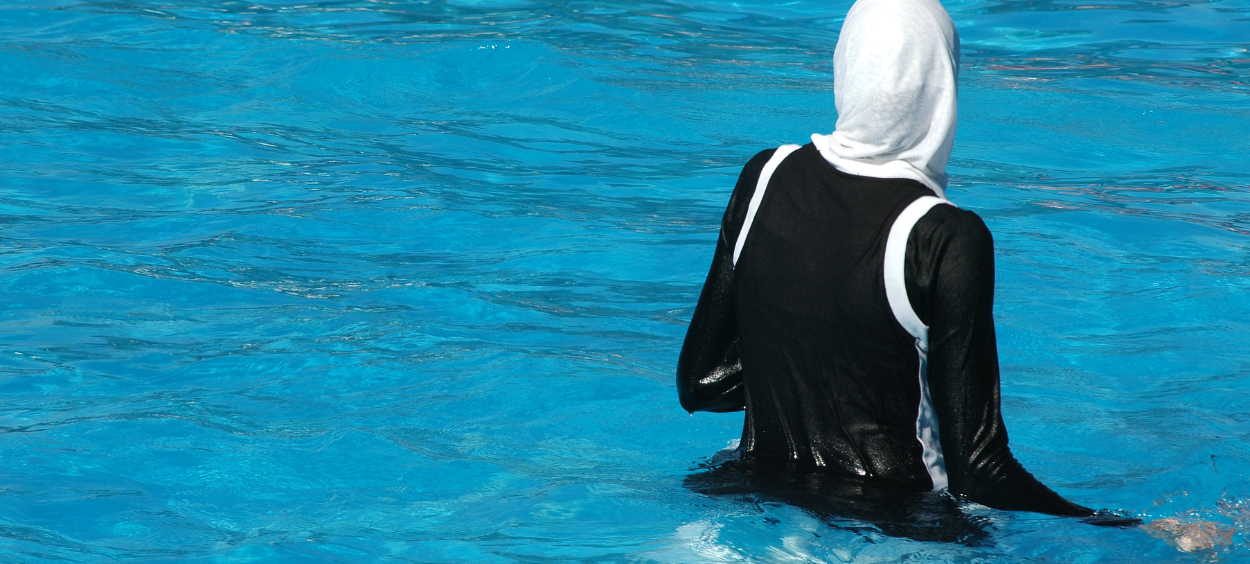Harlow College
Supported Studies
Funded through the Sport England Together Fund, Harlow College were able to launch and run a regular Bounce trampoline fitness class for a year, as part of their Supported Studies programme and extra-curricular offer.
25 trampolines were purchased and 2 staff were enrolled on the training course to be able to implement the regular sessions, promoting active lifestyles and independent ownership of moving more. The purchasing of equipment also allowed the pupils to access the equipment in their own time, to create an active culture within the college from both staff and students.
The College’s Supported Studies programmes are tailored to everyone’s needs, learning about essential employability skills and being involved in community-based projects. As part of the programme, pupils are encouraged to take part in sport and wellbeing activities, like this trampoline fitness class.



Harlow College offer a range of one-year programmes for students with mild to moderate learning difficulties or disabilities aged 16-24, to prepare students towards independent living, paid employment and good health, as well as community inclusion. Working alongside the Preparing for Adulthood agenda, the course is based on what young people say are important to them.
Due to the current cost of living crisis, these sessions were delivered for free, after being identified as a current challenge for students to access independently. In addition to this, the Covid-19 pandemic impacted students learning; the interruptions to learning, left many students less mobile and inactive. Introducing this opportunity to the College’s extra curriculum, helped to ensure they could support pupils to increase their activity again, and in a way where behaviour could be sustained.



